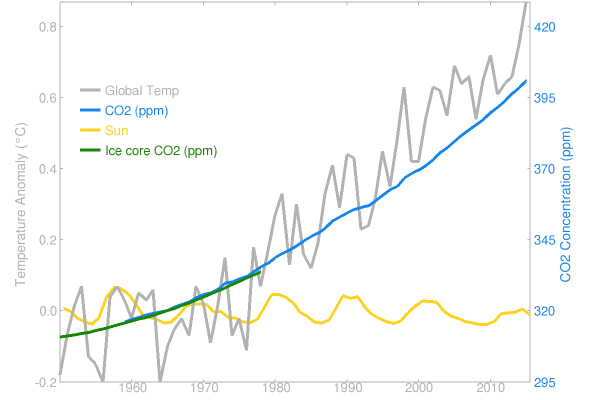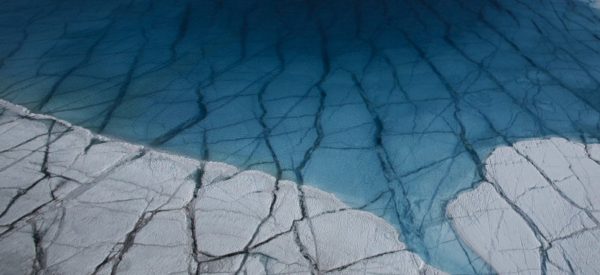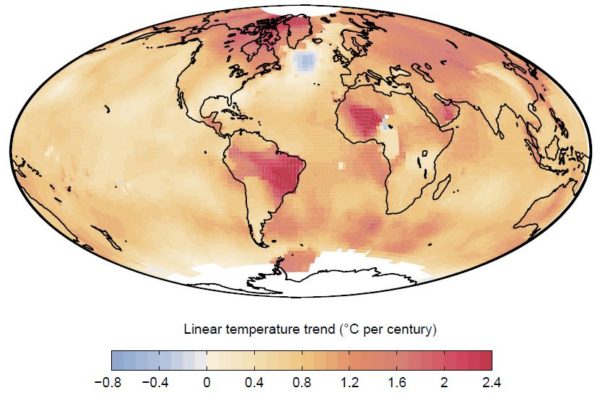It’s that time of year again. Fall AGU is the biggest gathering of geophysical scientists in the world (~24,000 attendees) and while it includes planetary science, seismology and magnetophysics, it is swamped by earth scientists, whose work covers the atmosphere, oceans, cryosphere, climate, natural hazards and paleoclimate.
As in previous years, many sessions and most of the keynotes will be available On-Demand (which is free but you do need to register) and there is a E-poster facility that lets non-attendees view some of the posters.
Some interesting sessions related to discussions at RealClimate will be the “Betting on Climate Change” (Mon, posters), “El Niño: Global Anomalies and Societal Impacts at Regional Scale” (Wed, Union Channel On-demand), and “The Up‐Goer Five Challenge: A Fun and Radical Way to Distill Your Science” (Fri). Of course, there are always the usual paleo-climate (e.g. Climate of the Common Era), model evaluation, and observational sessions to follow.
Keynotes from Isaac Held, Christine Hulbe, Nathalie Cabrol, Daniel Jacob and Bette Otto-Bleisner all sound promising, covering tropical cyclones, the last glacial maximum, the West Antarctic Ice Sheet, air quality and astrobiology (though probably not all at once).
If there are any other specific sessions or talks, you’d like to advertise or comment on, put them in the comments. Discussion on Twitter is using the #AGU16 hashtag. If anyone wants to write up some sessions or highlights, send them along and we’ll post them.


